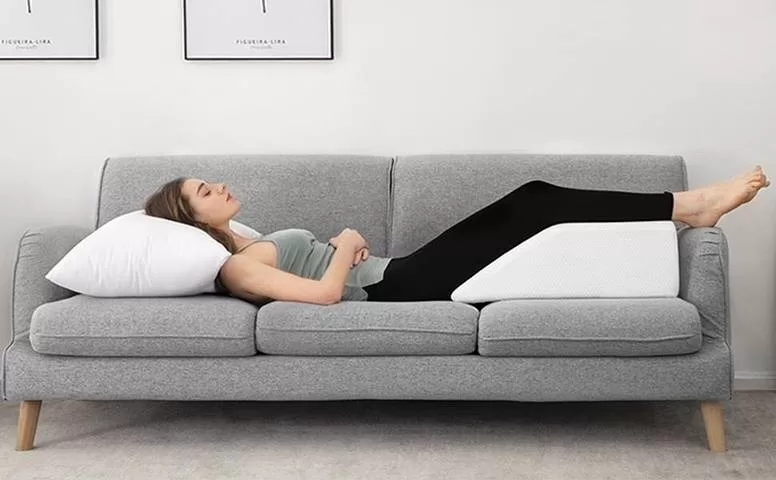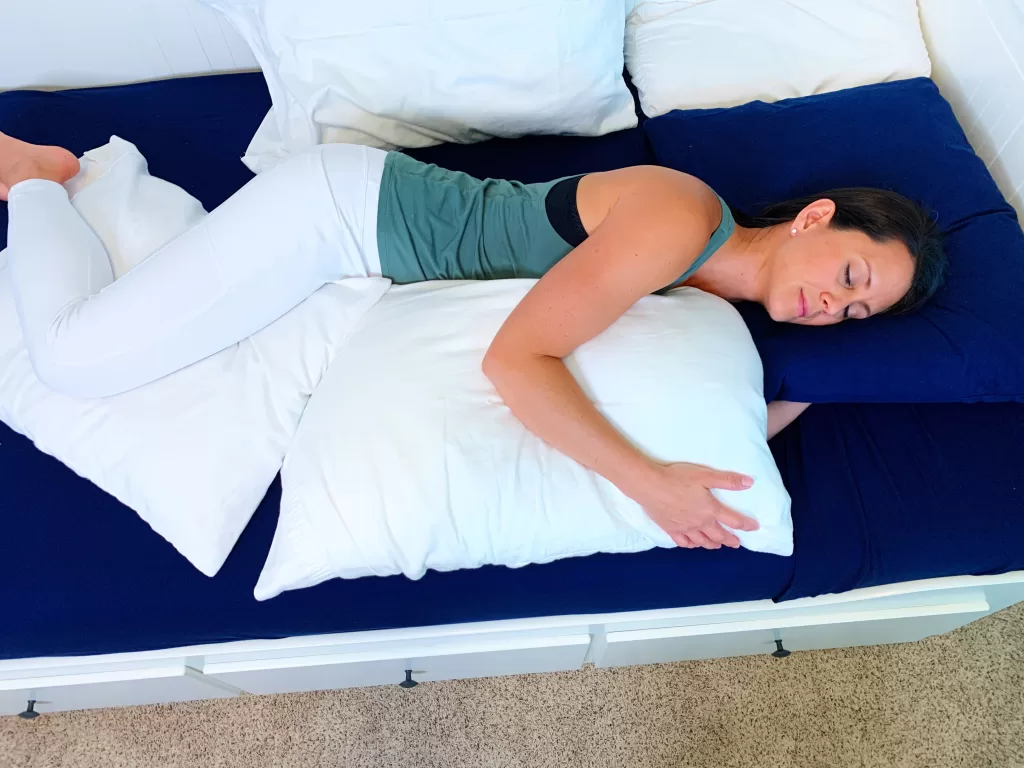
Introduction
PAD or peripheral artery disease is characterized by an interruption of blood transport to the extremities, specifically the arms, legs, and feet of the body. It results from deposits of plaque in arteries that make them small and therefore impede blood flow. Symptoms associated with PAD include pain, numbness, and cramps that affect the legs and arms.
Moreover, PAD is linked with sleep disorders. RLS (restless leg syndrome) is a common side effect of PAD, during waking and sleep time. Their sleep apnea would be characterized by brief episodes of intermittent cessation of breath occasionally during their sleep.
Everyone needs sleep, and most importantly those who suffer from PAD. During sleep, your body will have an opportunity to relax and recover. It also plays an important role in reducing the chances of having a complication such as heart attack and stroke.
Optimum sleeping posture for PAD.
PAD patients sleep best in the supine position with their legs slightly raised. It increases blood flow to the leg and it could reduce pain and discomfort. The pressure on veins is reduced, hence increased blood flow to the leg with elevated height.
If you cannot sleep on your back, sleep on your side with raised legs. Although you need not sleep on your stomach, it is advisable because it could press the nerves and blood vessels in the legs.

How to elevate your legs
One can use several methods to prop up one’s legs while sleeping. For example, you can use pillows, an adjustable bed, and a leg elevation device.
Pillows
You can improve your feet’s position by placing a few pillows or cushions underneath your knees as well as ankle joints. To reach the proper height, you may have to stack a few pillows beneath your legs.
Adjustable bed
You can raise the top of your bed for comfort using an adjustable bed. You also try sleeping with your leg elevated when sleeping if you find it difficult to sleep lying on your back or experience leg pains while asleep.
Leg elevation device
A wedge-shaped pillow placed under the legs of a person, in order for the patient’s feet to be higher than the rest of their body, is called a leg elevation device. Pillows can be tried out as an alternative solution if it turns out uncomfortable.

More options for sleeping with PAD.
In addition to sleeping on your back with your legs elevated, there are a few other things you can do to improve sleep with PAD:
Establish a regular sleep schedule
Always go to your bed early in the evening and wake up when you are supposed to even during weekends. This will also serve to normalize your body’s circadian rhythm or sleep-wake cycle.
Create a relaxing bedtime routine
Do not watch television or use your computer in the hour or two leading up to bedtime. Therefore, try reading a novel, taking a warm bath in your tub, or listening to something soothing.
Make sure your bedroom is dark, quiet, and cool
Darkness enhances the secretion of melatonin which is crucial in maintaining the sleep cycle.” Light and noise will disturb your sleep, therefore ensure that you create a dark and quiet room for yourself. It is recommended that sleep temperatures be between 60 and 67°.

Avoid caffeine and alcohol before bed
Since caffeine disrupts sleeping, avoid taking it for a few hours before bedtime. Initially, drinking can cause drowsiness but interferes with sleep later.
Get regular exercise
It has been found that exercise also enhances people’s sleep. Nonetheless, one should abstain from working out very near to sleep time.
See a doctor if you have trouble sleeping
Consult a doctor if unable to sleep. Their investigations are meant to rule out any medical conditions and suggest treatment measures.
Conclusion
Of course, everybody needs to have a night of quality sleep, but this case becomes crucial for PAD patients. To enhance sleep quality and address the PAD symptoms, it is advisable to follow those tips.















